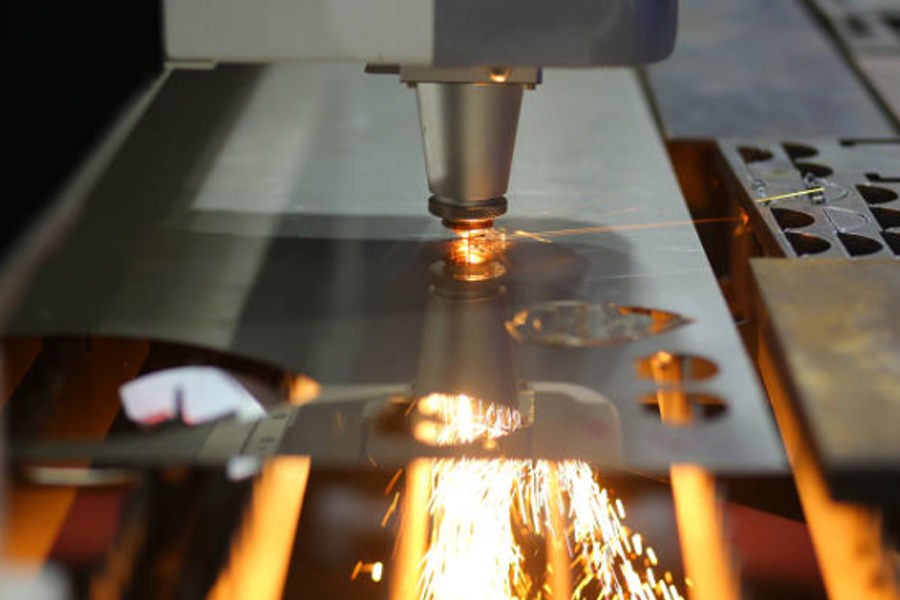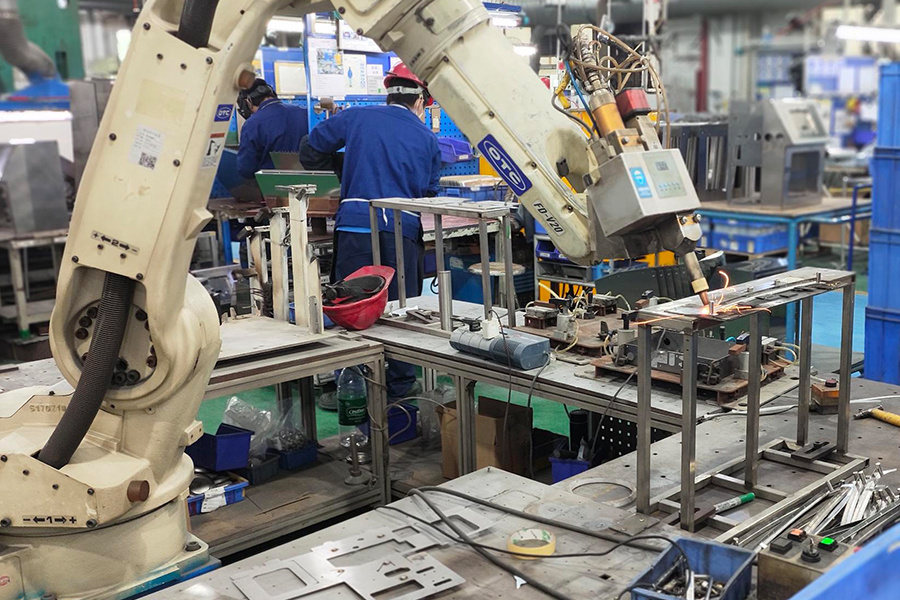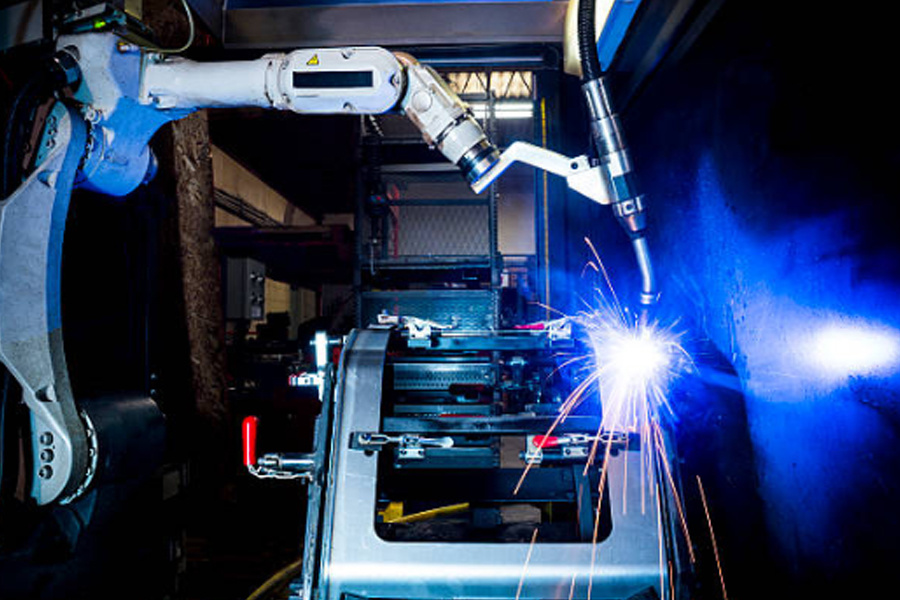Energy Storage Container Fabrication: Process & Benefits
Release time:
2025-05-01
This article discusses the manufacturing process of energy storage containers in depth, focusing on sheet metal processing technology, including high-precision cutting technology, bending and forming technology, and welding technology. Among them, the high-precision cutting process significantly improves the consistency of the box size, the bending process can increase the side panel's anti-deformation ability by 40%, and the welding process ensures the overall strength and sealing.
In the field of new energy storage, energy storage containers are the core carriers of battery systems, and their performance directly affects the safety and reliability of energy storage. As the key manufacturing process of energy storage containers, sheet metal processing technology gives containers excellent physical properties through precise structural design and process combination. This article will analyze the core process, technical advantages and practical application value of sheet metal processing to reveal the manufacturing secrets of this "mobile energy warehouse".
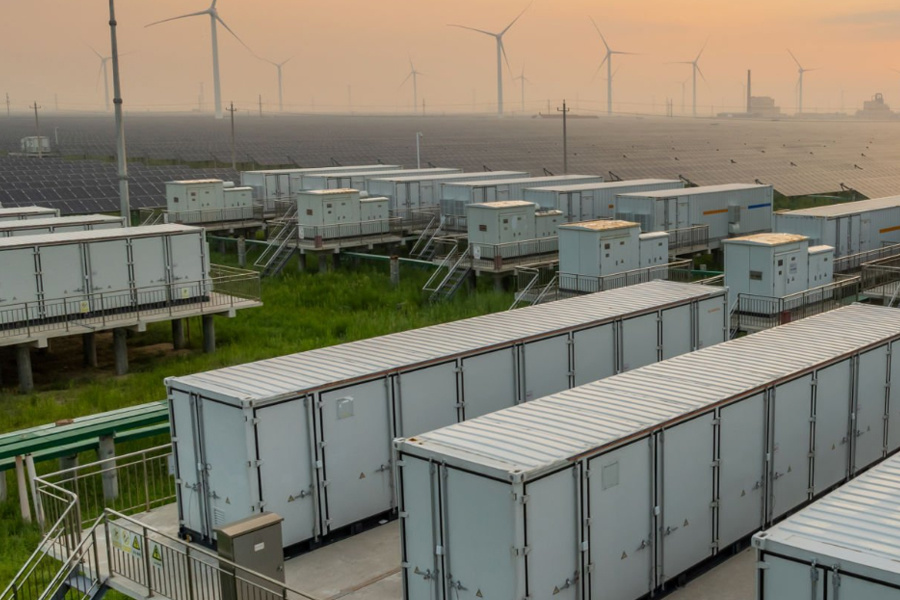
Analysis of the core sheet metal process of energy storage container manufacturing
High-precision cutting process: laying the structural foundation
The main frame of the energy storage container is composed of steel plates, which need to be cut with high precision by laser cutting or CNC shearing machine. Taking Q235B or stainless steel plates with a thickness of 1.5-3mm as an example, laser cutting can achieve 0.1mm level accuracy, ensuring the dimensional consistency of various components of the box (such as side panels, bottom panels, and top panels), and providing precise interfaces for subsequent assembly. The practice of a certain energy storage equipment manufacturer shows that after adopting fiber laser cutting technology, the diagonal error of the box body is reduced from ±2mm of the traditional process to ±0.5mm, which significantly improves the installation adaptability of the sealing strip.
Bending and forming process: shaping complex structures
The key load-bearing components of the container, such as the reinforcement ribs, door frames, and corner pieces, need to be three-dimensionally formed by a CNC bending machine. Taking the "U-shaped reinforcement ribs" of the side panels of the box as an example, through multiple bending and forming, the deformation resistance of the side panels can be increased by 40% without increasing the thickness of the sheet. It is worth noting that the bending process requires accurate calculation of the rebound coefficient of the sheet (usually the rebound angle of carbon steel is 3°-5°), and the molding accuracy is ensured by mold compensation technology to avoid sealing failure or stress concentration problems caused by structural deviation.
Welding process: ensuring overall strength and sealing
The welding of energy storage containers is divided into two parts: main structure welding and sealing welding. The main frame adopts carbon dioxide gas shielded welding or pulsed argon arc welding. The former is suitable for rapid welding of carbon steel materials (melting depth can reach 3-5mm), and the latter is used for precision welding of stainless steel plates (smaller heat-affected zone to avoid intergranular corrosion). Sealing welding focuses on weak links such as door seams and lock holes, and achieves continuous welds through a robot welding system. In conjunction with the helium leak detection process (leakage rate ≤10⁻⁹mbar・L/s), the protection level of the box is ensured to reach IP55 or above, effectively resisting rain and dust intrusion.
Surface treatment process: improving weather resistance and aesthetics
The surface of the box adopts the "pretreatment + spraying" process: first, the oxide layer on the surface of the plate is removed by sandblasting or phosphating to enhance the adhesion of the coating; then, epoxy resin primer (dry film thickness 50-80μm) and polysiloxane topcoat (dry film thickness 80-100μm) are sprayed. Some high-end projects will also use powder spraying technology to achieve a double improvement in surface hardness (≥2H) and weather resistance.
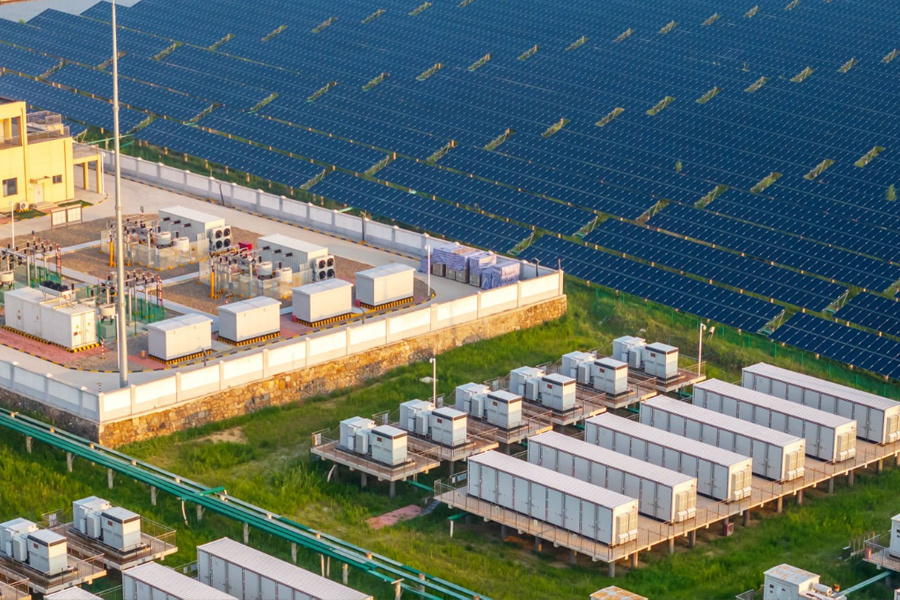
Sheet metal processing gives energy storage containers core advantages
Perfect balance between lightness and high strength
By designing a "honeycomb" internal support structure through bending technology and combining it with high-strength steel (such as Q345B), the deadweight of the energy storage container is reduced by 15%-20% compared with the traditional welded structure, while the compressive strength is increased by 30%. The measured data of a 15-foot energy storage container shows that its empty weight is only 1.2 tons, but it can withstand 50 tons of top static pressure, meeting the stringent transportation requirements of sea and land transportation.
Modular design and rapid assembly capability
The high-precision characteristics of sheet metal processing enable standardized production of various components of energy storage containers. The main body of the box, doors and windows, cable interfaces and other modules are connected by bolts instead of full welding, and the on-site assembly time is shortened by 40% compared with the traditional process, significantly reducing the engineering cycle and labor costs. This design is also convenient for later maintenance - if the battery module needs to be replaced, the side panel can be quickly removed without affecting the overall structure.
Comprehensive improvement of environmental adaptability
Through sealing welding and surface treatment processes, energy storage containers can operate stably in extreme temperatures of -40℃ to +60℃, and the humidity tolerance range is up to 95% RH (non-condensing). In a Northwest photovoltaic energy storage project, a container using sheet metal processing has been operating in a dusty environment for 5 years, and the internal equipment failure rate is 65% lower than that of non-professional boxes, reflecting excellent environmental protection capabilities.
Sheet metal processing defines the quality of energy storage containers
From material cutting to surface treatment, every process of sheet metal processing is shaping the core performance of energy storage containers. With the explosive growth of the new energy storage market, higher requirements are placed on the lightweight, weather resistance, and intelligence (such as built-in temperature sensing monitoring structure) of the box, and the continuous innovation of sheet metal processing technology (such as the introduction of servo bending machines and laser welding robots) will continue to promote the evolution of energy storage containers towards "safety, efficiency, and durability". For energy storage equipment manufacturers, choosing suppliers with full-process sheet metal processing capabilities is becoming a key link in improving product competitiveness.
Frequently Asked Questions about Sheet Metal Processing of Energy Storage Containers
Q1: How to balance processing costs and performance requirements?
A1: It is recommended to select a process combination based on the usage scenario: for example, ordinary carbon steel + spraying process can be used for inland static energy storage projects, and stainless steel + powder spraying is preferred for coastal high-corrosion environments, and costs are controlled while meeting the protection level.
Q2: What are the special requirements for sheet metal processing for customized design?
A2: The customized box needs to be 3D modeled in advance (SolidWorks software is recommended), and the focus is on confirming process parameters such as bending radius and welding groove size to avoid cost increases caused by ignoring processing feasibility in the design.
Q3: How to detect sheet metal processing defects?
A3: In addition to visual inspection, it is recommended to use ultrasonic flaw detection (to detect internal weld defects) and three-coordinate measurement (to detect overall dimensional deviation) to ensure zero defects before leaving the factory.
Key Words




